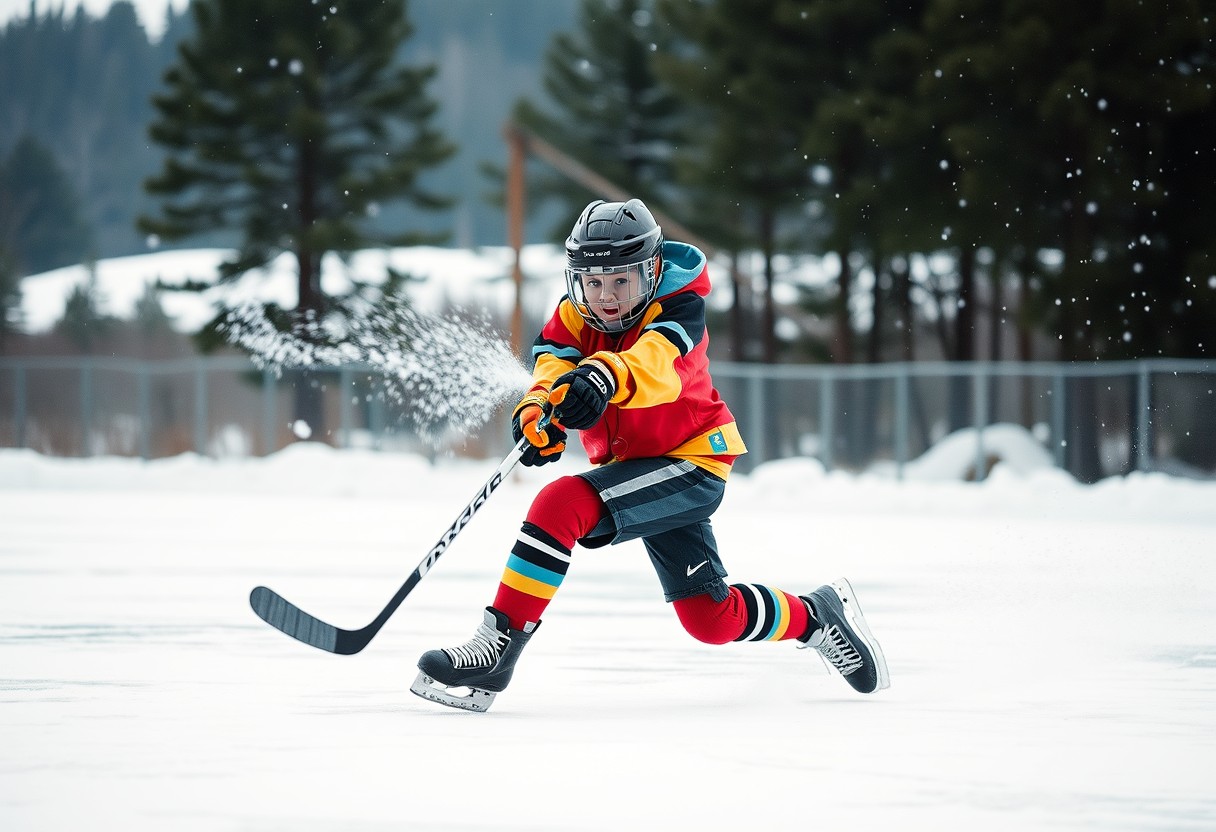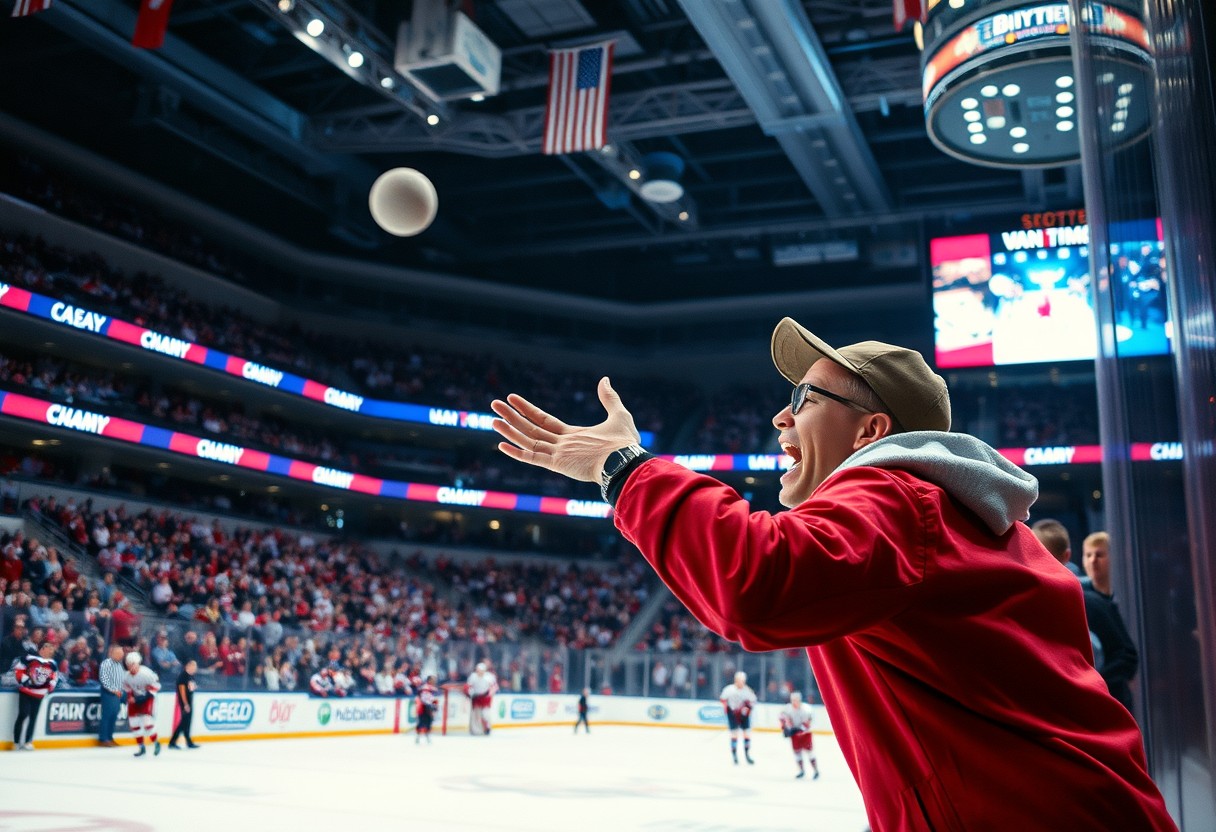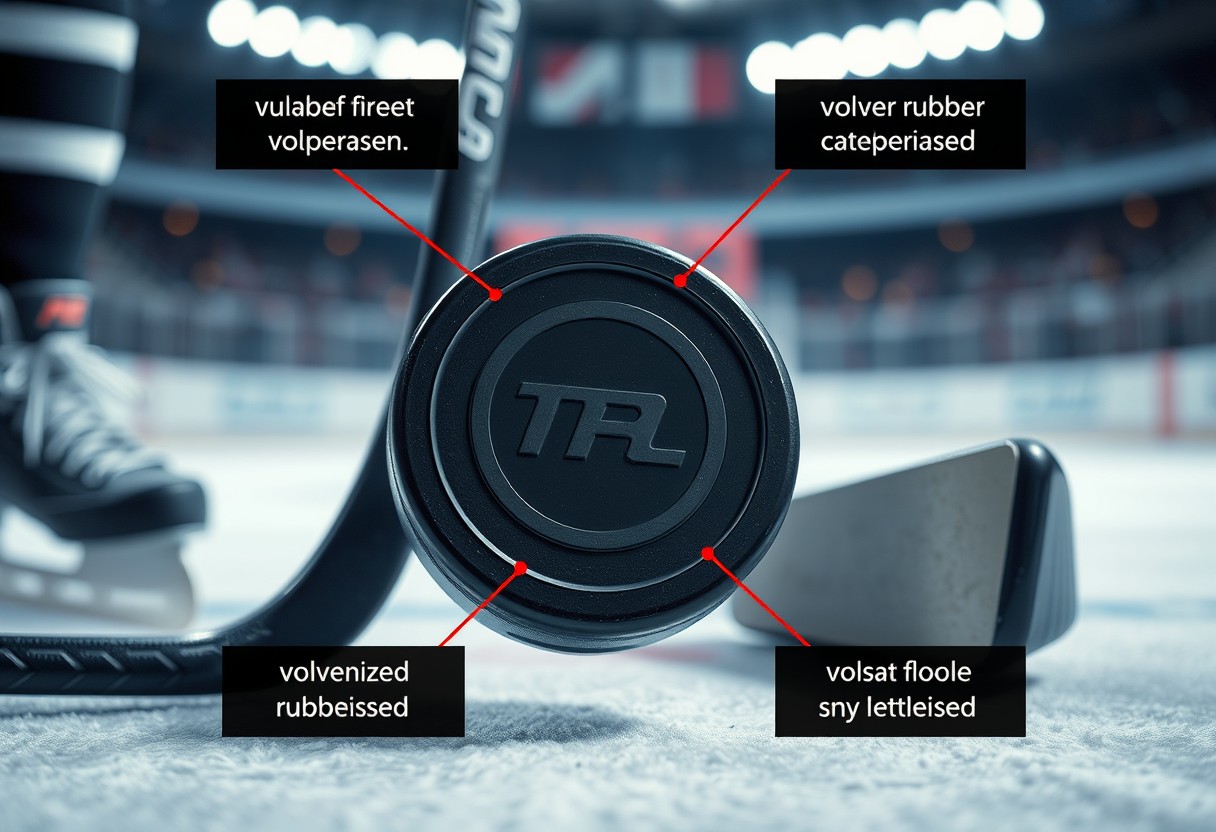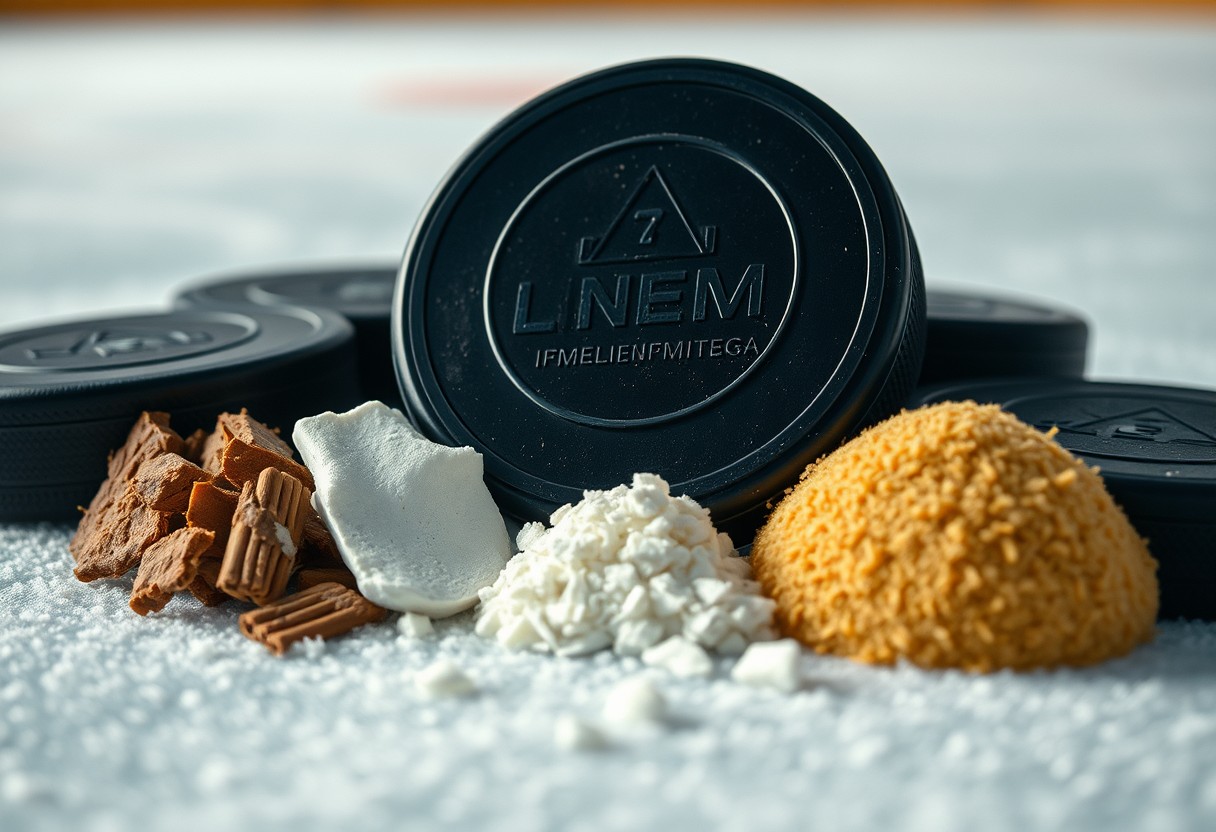Accuracy is necessary when learning how to shoot a hockey puck effectively. Whether you’re a beginner or looking to refine your skills, mastering the fundamentals of a proper shot will elevate your game. In this guide, you will discover techniques to improve your shooting form, increase puck speed, and enhance overall precision. With practice and the right approach, you’ll be able to unleash powerful shots that leave goalies stunned. Let’s get started on the path to becoming a formidable shooter on the ice.
Understanding the Hockey Puck
For anyone looking to improve their hockey game, understanding the hockey puck is crucial. The puck is a small but mighty element of gameplay that influences your performance on the ice. Its design, composition, and specific types can affect how you shoot, pass, and control the puck during a match.
Anatomy of the Puck
If you examine the hockey puck, you’ll find that it is typically made of vulcanized rubber. It measures 3 inches in diameter and 1 inch thick, while weighing approximately 6 ounces. Understanding its composition and dimensions can help you tailor your shooting techniques accordingly.
Types of Pucks
If you’re serious about hockey, it’s important to recognize the different types of pucks available, as they are designed for specific environments and purposes. Here are some common types:
- Standard Ice Hockey Puck
- Training Pucks
- Street Hockey Pucks
- Weighted Pucks
- Mini Pucks
Knowing the function and application of each puck type can significantly enhance your training and gameplay experience.
| Type of Puck | Description |
|---|---|
| Standard Ice Hockey Puck | Used in professional and amateur games on ice. |
| Training Pucks | Designed for skill development, often with different weights. |
| Street Hockey Pucks | Made for playing on rough surfaces like asphalt. |
| Weighted Pucks | Heavier pucks used to build strength in your shots. |
| Mini Pucks | Smaller pucks that are useful for practicing precision. |
Pucks come in various materials, sizes, and designs to accommodate a range of skill levels and conditions. When considering what type of puck to use, think about your training objectives and the surface you’ll be playing on. Here are some factors related to puck selection:
- Material
- Weight
- Surface compatibility
- Intended use (training or gameplay)
- Size variations
Knowing how to choose the right puck for your needs will help you maximize your on-ice performance and enhance your training regimen.
| Factor | Consideration |
|---|---|
| Material | Choose based on durability and performance requirements. |
| Weight | Different weights can affect shooting power and speed. |
| Surface compatibility | Ensure the puck is suitable for your playing surface. |
| Intended use | Decide whether for training or actual games. |
| Size variations | Smaller or larger pucks can improve specific skills. |
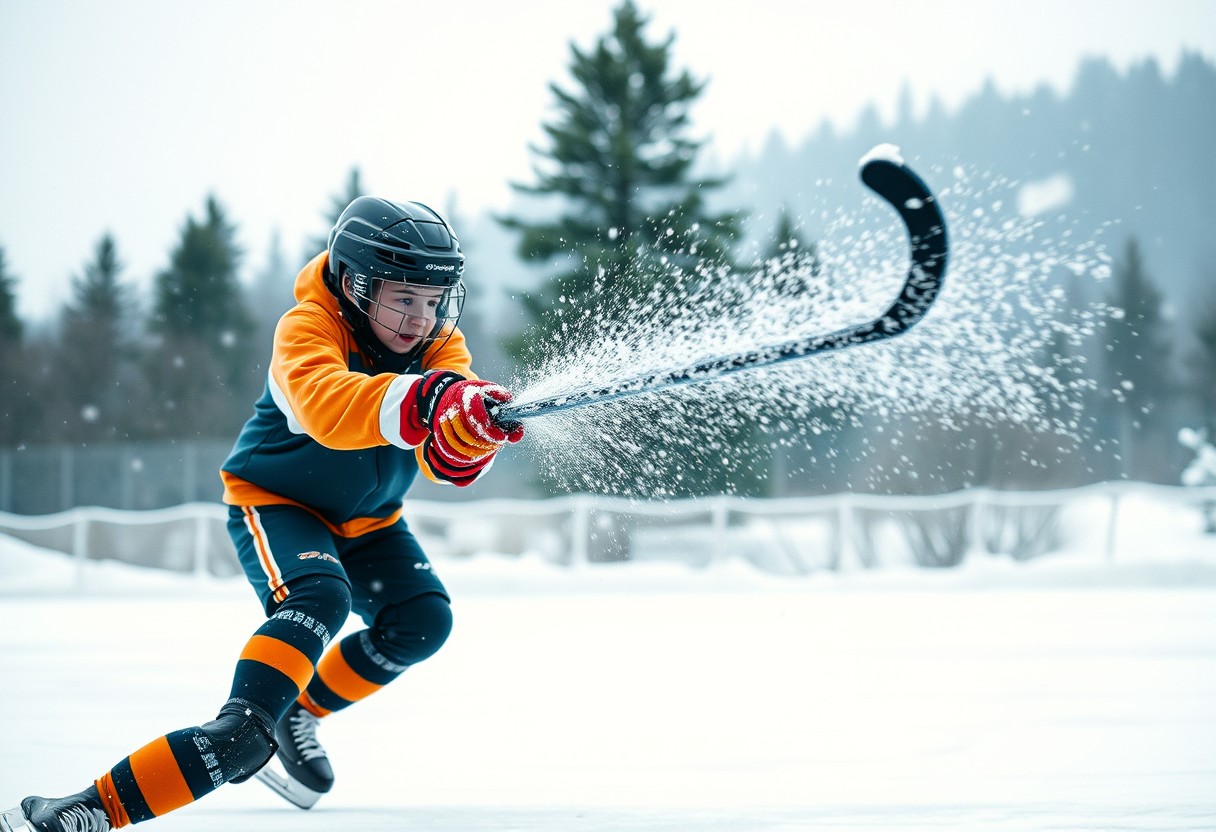
How to Shoot a Hockey Puck
There’s an art to shooting a hockey puck that combines technique, body mechanics, and practice. Mastering the different types of shots and understanding the key components of shooting will significantly improve your game. Let’s examine into the vital aspects of shooting a hockey puck effectively.
Stance and Positioning
Stance is critical for generating power and accuracy in your shot. Start with your feet shoulder-width apart, knees slightly bent, and your weight evenly distributed. Position your body in relation to the puck such that you can pivot naturally while keeping your upper body relaxed and your eyes on your target.
The Grip on the Stick
Puck control starts with the grip on your stick. Holding your stick correctly allows for better puck handling and shooting precision. Your top hand should be near the top of the stick, allowing flexibility, while your bottom hand provides strength and stability.
To improve your grip, keep your bottom hand firm but not overly tight, as this can hinder the wrist movement required for a good shot. Your top hand should guide the stick for better control, and make sure your fingers aren’t too cramped or stretched out to maintain a natural feel.
Using Your Body Weight
The transfer of your body weight is vital in maximizing the power of your shot. By leaning into your shot and shifting your weight from your back foot to your front foot, you can generate more force behind the puck.
Your body should naturally follow through after the shot. By practicing this weight transfer, you’ll notice an increase in your shooting power, making your shots quicker and more devastating against the opposing team.
Types of Shots: Wrist Shot, Snap Shot, Slap Shot
Body mechanics are crucial when executing different types of shots in hockey. Knowing the differences between a wrist shot, snap shot, and slap shot is important for choosing the right technique based on game situations. Below is a breakdown of each shot type:
| Shot Type | Description |
|---|---|
| Wrist Shot | Quick and precise, uses wrist for a smooth release. |
| Snap Shot | Combines elements of a wrist and slap shot; quick and powerful. |
| Slap Shot | Uses a full wind-up and body weight for maximum power. |
| Accuracy | Wrist shots are usually more accurate than slap shots. |
| Power | Slap shots generate the most power but are slower to execute. |
- Practice each type of shot regularly for improvement.
- Adjust your positioning based on the shot type.
- Utilize your wrist and body weight effectively.
Assume that mastering these shots will greatly enhance your overall performance on the ice. By understanding the mechanics involved, you’ll be more equipped to make decisive plays during games.
For instance, incorporating practice drills focused on each type of shot into your training routine can help solidify your skills. Regularly working on your wrist shot, snap shot, and slap shot will ensure you’re ready for any game situation you may encounter. Below are key points to remember for each type of shot:
- Wrist Shot: Focus on smooth wrist movement for precision.
- Snap Shot: Emphasize quickness and a solid grip.
- Slap Shot: Ensure proper follow-through for maximum power.
Assume that with constant practice and a good understanding of these techniques, you’ll become a proficient shooter on the ice. Understanding and refining each of these components will augment your ability to score and assist your team effectively.
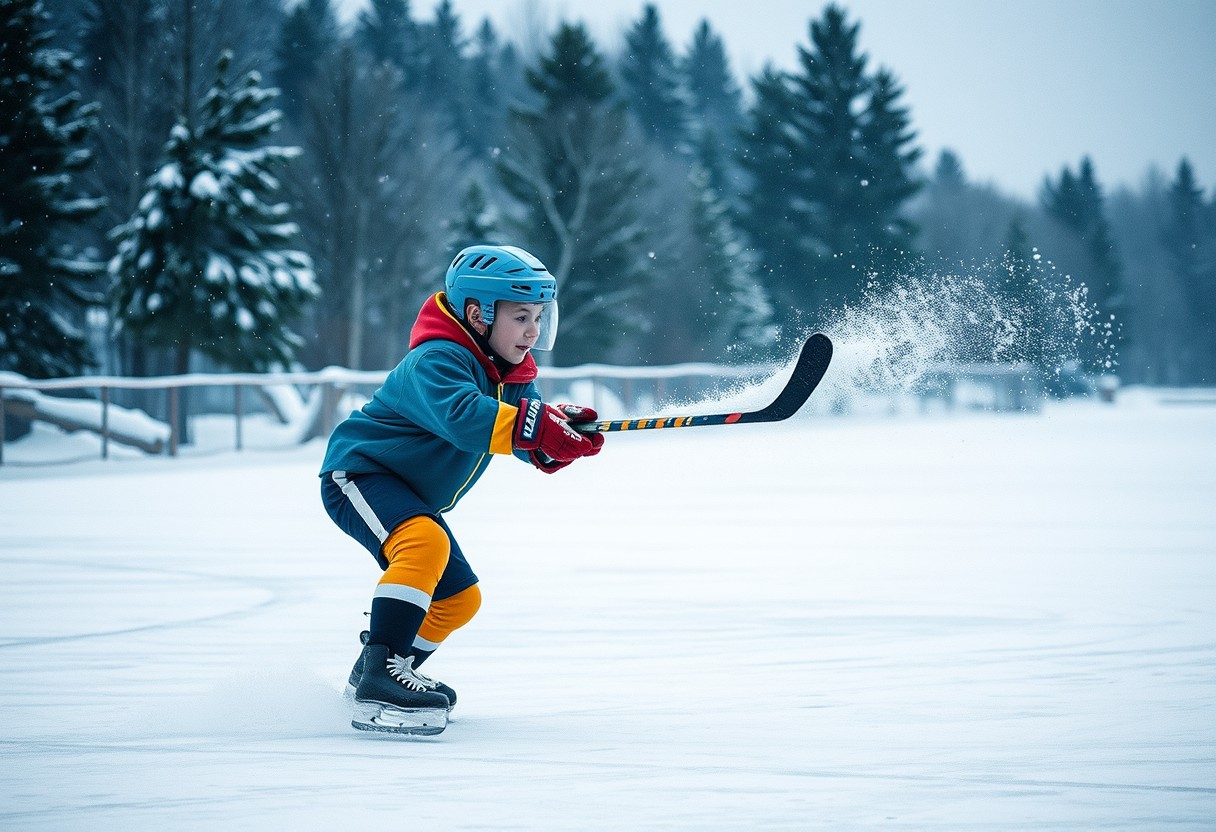
Tips for Improving Your Shot
After mastering the basic technique of shooting a hockey puck, it’s imperative to refine your skills further. Here are some tips to enhance your shot:
- Focus on your stance and balance.
- Practice your wrist and snap shots regularly.
- Ensure proper hand positioning on the stick.
- Work on your follow-through with each shot.
- Utilize visualization techniques to improve shot accuracy.
The combination of these elements will significantly elevate your shooting performance.
Practice Drills
Your development as a shooter can greatly benefit from dedicated practice drills. Set up targets in the net and take shots from various angles and distances. Incorporate quick-release drills to simulate game situations, helping you improve both accuracy and speed.
Common Mistakes to Avoid
Any player looking to improve must be aware of pitfalls in their shooting technique. It’s easy to overlook details like body positioning or stick handling, which can drastically affect the outcome of your shot. Pay attention to your mechanics to avoid these common errors.
Improving your shot is not just about practice; it’s about understanding and correcting the missteps in your technique. Players often rush their shots or neglect their follow-through, leading to ineffective results. Take the time to analyze your shooting form and seek feedback from coaches or peers to identify areas for improvement.
The Importance of Strength Training
While practice on the ice is vital, off-ice conditioning through strength training cannot be overlooked. Building core and leg strength provides the foundation necessary for a powerful shot, allowing you to drive your energy into the puck more effectively.
This focus on strength not only enhances your shooting capabilities but also improves overall performance on the ice. By increasing your muscle endurance and power, you give yourself the ability to take harder, more accurate shots, particularly as the game intensity increases. Incorporating exercises that target the legs, core, and upper body will ensure you’re prepared for any shooting situation.
Factors Affecting a Successful Shot
To effectively shoot a hockey puck, several factors come into play that can significantly influence the outcome of your shot. Understanding these elements will help you improve your skills and increase your chances of scoring. Here are some critical factors to consider:
- Ice Conditions
- Stick Flexibility and Length
- Puck Placement and Speed
Thou must pay attention to these variables to enhance your shooting proficiency.
Ice Conditions
With varying ice conditions, the quality of your shot can greatly change. Smooth, well-maintained ice allows for better puck glide, while rough patches can cause the puck to bounce unpredictably or slow down, affecting accuracy and speed. It’s imperative to adapt your shooting technique to the state of the ice you’re playing on.
Stick Flexibility and Length
On a hockey stick, both flexibility and length play a crucial role in how effectively you can generate power and control the puck during your shot. A flexible stick enables you to load energy, while the right length helps ensure proper stance and positioning, allowing for more natural shooting mechanics.
This flexibility and length can influence the way the puck comes off your stick and, ultimately, the shot’s accuracy and speed. Experiment with different stick types to find what feels comfortable and effective for your shooting style.
Puck Placement and Speed
If you want to maximize your shot’s effectiveness, consider the placement of the puck on your stick blade and the speed at which you strike it. Proper puck positioning can mean the difference between a solid shot and a weak one, while the velocity can determine how difficult it is for the goalie to react.
Shot placement should be precise to ensure that you can leverage your stick’s flex and create a powerful shot. Utilizing a quick release can also enhance your shot, catching the goalie off guard and increasing your chances of scoring.
Summing up
Summing up, mastering how to shoot a hockey puck involves understanding body positioning, leveraging your weight, and employing the right technique. Focus on your grip and follow through for accuracy and power. Remember to practice consistently, incorporating wrist shots, slap shots, and backhands into your routine. By honing these skills, you’ll enhance your shooting capabilities significantly, making you a more formidable player on the ice. Keep these tips in mind, and you’ll see improvements in your game.

